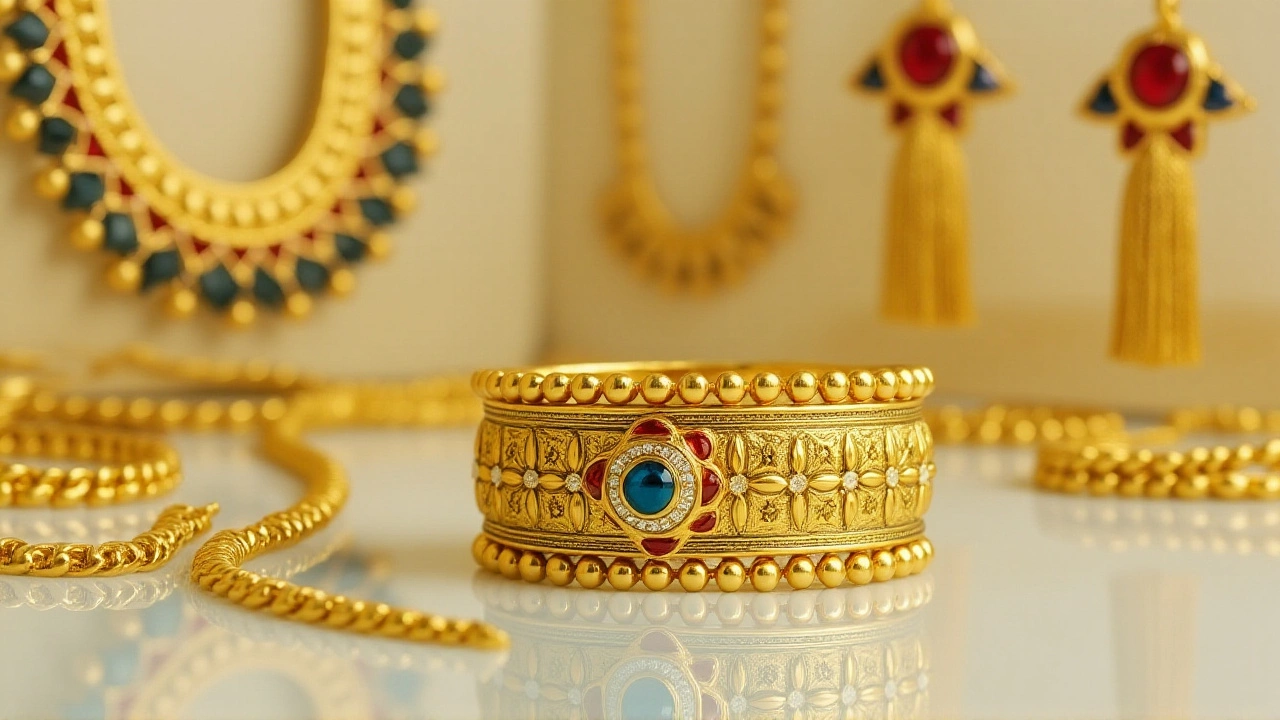Precious Metals: What They Are and Why They Matter
When we talk about Precious Metals, high‑value natural elements such as gold, silver, platinum and a few others that have been prized for centuries because of their rarity and physical properties, we’re dealing with a small group of assets that shape economies and cultures worldwide. Also known as bullion metals, these elements are dense, corrosion‑resistant, and easily divisible, making them perfect stores of value. Precious metals have a unique blend of industrial use and investment appeal, which keeps them in the spotlight across finance, jewelry and technology.
Key Types and How They Connect
The most recognizable member is Gold, a bright yellow metal used for coins, bars and high‑end jewelry. Gold’s price often mirrors market confidence, so it’s a go‑to hedge when stocks wobble. Close behind is Silver, a white metal that’s cheaper than gold but has strong industrial demand in electronics and solar panels. The third heavyweight is Platinum, a dense, silvery metal critical for catalytic converters and luxury watches. Each of these metals shares the trait of being a tangible asset, yet they differ in supply dynamics and price volatility, creating a spectrum of options for collectors and investors alike.
Behind the scenes, Mining, the extraction process that turns ore into refined metal drives availability. When a major mine expands or a new deposit is discovered, the market reacts—more supply can temper price spikes, while a shutdown can push prices up. This link between extraction and valuation forms a clear cause‑and‑effect chain: mining influences supply, supply impacts price, and price shapes investment decisions.
From an investment perspective, owning precious metals usually means buying physical bullion, certified coins, or exchange‑traded funds that track metal prices. The key attribute here is durability: unlike paper money, metals don’t rely on a single government’s creditworthiness. They also serve as a low‑correlation asset, meaning they often move opposite to stocks, giving portfolios a defensive edge during economic turbulence. Whether you’re a seasoned trader or a beginner looking for a safe harbor, understanding the interplay between metal type, mining supply, and market demand is essential before you allocate funds.
Below you’ll find a curated mix of articles that dive deeper into these themes—real‑world examples, recent market moves, and practical tips on how to incorporate precious metals into your financial plan. Explore the range, compare perspectives, and pick the insights that match your goals.
India's Gold Hits ₹1.32 Lakh per 10g Amid Global Turmoil
Gold surged to ₹1.32 Lakh per 10 g in India on Oct 18, 2025, driven by festive demand, geopolitical tension, and global market spikes, while silver hit record highs.
